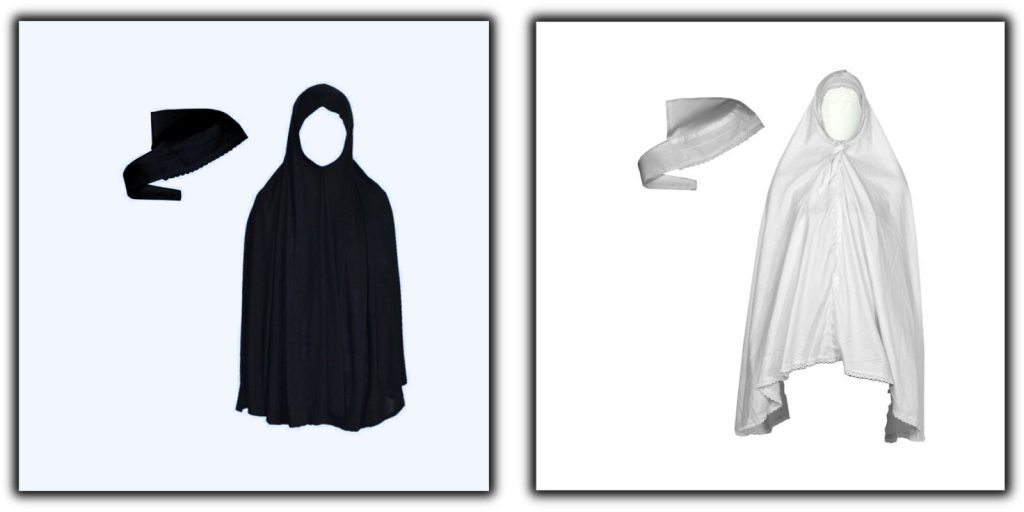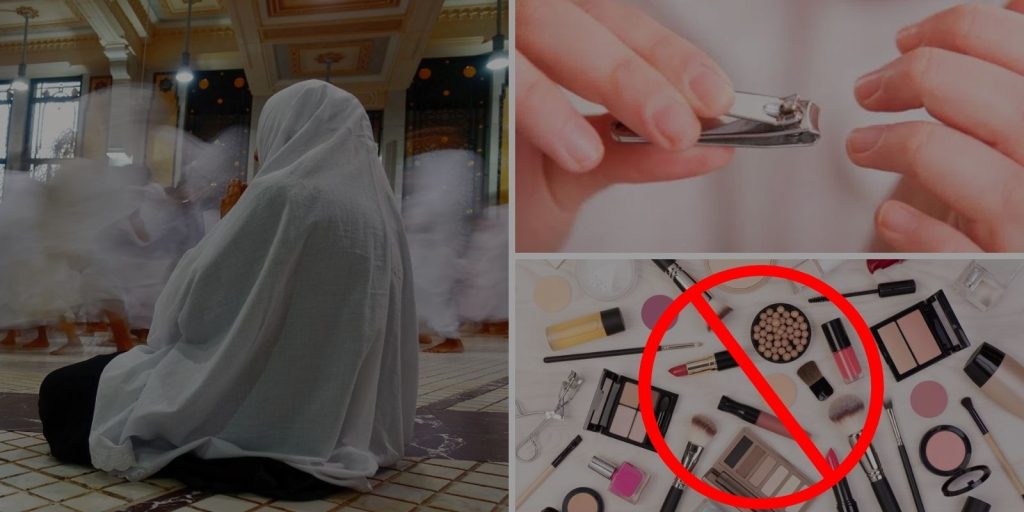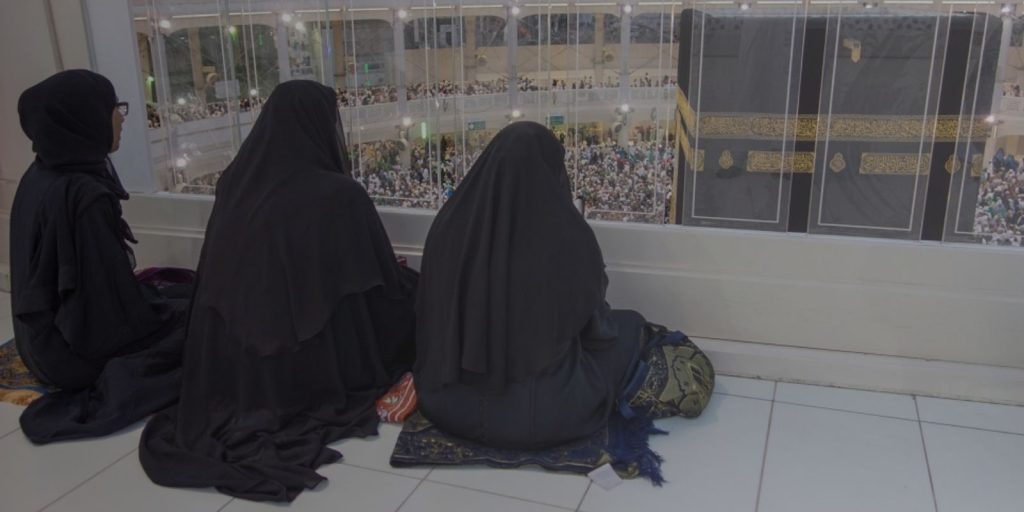Step-By-Step Umrah Guide For Women
Umrah is a sacred pilgrimage that holds enormous significance in Islamic culture. While it is open for both men and women, there are specific rules and regulations that women must adhere to during their journey. This article will provide a step-by-step Umrah guide for women, highlighting the rituals, dress code, do’s and don’ts, and the recent visa regulations.
Table of Contents
Dress Code for Women During Umrah:

Before Starting out on the pilgrimage, women are required to carry Ihram, a sacred state of consecration. Unlike men, women can wear their regular clothing, but it should not attract attention. Many women prefer wearing an abaya, a white tunic covering them from head to toe, leaving only their face and hands exposed. White is preferred for its symbolic significance and protection against the Saudi Arabian heat.
Steps of Umrah for Women:
The process of Umrah includes several stages that bring pilgrims closer to Allah. Here’s a step-by-step guide on how women can perform Umrah:
- Wear Ihram and perform Niyyah and Talbiyah: Women must cleanse themselves, wear an abaya, and offer two Rakats of Salah al-Haram with their heads covered. Pronouncing the approaches to Miqat and reciting Talbiyah throughout the process is essential.
- Tawaf: Women circle the Kaaba seven times, reciting prescribed Du’aa during each round. Unlike men, women do not run for the first three circles but walk at a slow pace.
- Salat and Zamzam: After Tawaf, women perform Salat and drink water from the wells of Zamzam.
- Multazam and Sa’iy: Women offer du’aa to Allah at Multazam and then complete seven laps between Safa and Marwah by walking at a normal pace.
- Raka of Nafl and Dua: Pilgrims gather at the Grand Mosque, offer Raka of Nafl, and make dua.
- Mina and Taqseer: The final step involves traveling to Mina, where women clip strands of their hair (Taqseer), symbolizing complete surrender to Allah.
Do’s and Don’ts for Umrah for Women:

Women must keep in mind some important regulations and guidelines during the pilgrimage:
- Trim nails and hair before performing Umrah.
- Wear stitched clothing.
- Take a purifying bath before the prayer starts.
- Carry spare clothing in case the first one gets dirty.
- Pray in designated female areas if traveling without a mahram.
- Abstain from marital relations during the pilgrimage.
- Refrain from wearing perfume, makeup, or glittery clothes.
Prohibitions for Ladies Performing Umrah:
Women, like men, must also adhere to certain prohibitions during Umrah:
- Avoid chasing, killing, or torturing desert animals.
- Refrain from swearing, fighting, or backbiting.
- Women on their periods must not participate in Umrah.
- Do not travel without a mahram.
- Marriage during the pilgrimage is not allowed.
Visa Regulations for Umrah Without Mahram:
The Saudi Arabian government has implemented new rules for women performing Umrah without a mahram. Women above 45 can travel in a group, but others must have a mahram with them. Those traveling without a mahram can only apply for a visa when traveling with a tourist group and must provide a notarized ‘No Object Certificate’ from their family.
Rules for women on their periods during Umrah:

During Umrah, women who are on their periods (menstruation) are subject to certain specific rules and restrictions. Here are the key guidelines that women must follow during this time:
- A prohibition from Performing Rituals: Women on their periods are not allowed to perform certain rituals of Umrah, including Tawaf (circumambulation) around the Kaaba and Sa’iy (walking between Safa and Marwah).
- Delaying the Rituals: Women can delay Tawaf and Sa’iy until their menstruation ends, and they become ritually pure (enter a state of purity known as “Taharah”). Once they are in the state of Taharah, they can resume the rituals of Umrah.
- Continuing Other Acts of Worship: While women on their periods are exempted from performing Tawaf and Sa’iy, they can still engage in other acts of worship, such as offering prayers (except the obligatory ones), reciting the Quran, making dua (supplications), and seeking forgiveness from Allah.
- Entering the Masjid Al-Haram: Women on their periods are allowed to enter the Masjid Al-Haram in Mecca to witness the rituals and be present in the sacred space. However, they should avoid entering the area where Tawaf is being performed.
- Completing the Rituals After Periods: Once a woman’s menstruation period ends, she should perform Ghusl (full-body ritual purification) to attain ritual purity. After Ghusl, she can resume the Umrah rituals by performing Tawaf and Sa’iy.
- No Penalty or Makeup Required: Unlike Hajj, where there are penalties for delaying rituals, there is no penalty for women who delay their Umrah rituals due to menstruation. They can complete the missed rituals once they are in the state of Taharah.
Ending Note:
Umrah is a sacred journey that holds spiritual significance for Muslims worldwide. Women embarking on this pilgrimage should follow the regulations and guidelines meticulously to ensure a successful and blessed Umrah. By respecting the rules, women can attain peace, spiritual strength, and the blessings of Allah during this holy journey.
